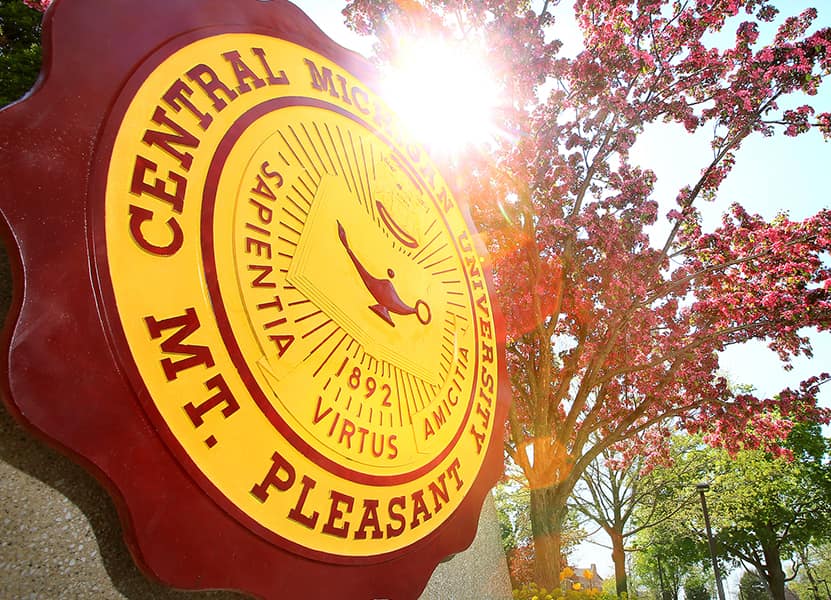Papers of the Wells family of New York (State) and Saginaw, Michigan, include business records, correspondence, diaries, genealogy notes, photographs, oversized materials, and Eclipse Motor Car Company vouchers.
The Wells Business Records, almost all legal-size (2 cubic feet in 5 boxes), is divided into Eclipse Motor Car Company Vouchers, 1906-1911 (3 boxes), and Traverse City Iron Works Estimates, 1931-1942, except for 1940. Eclipse Motor Car Company was an automobile company based in Saginaw and operated by the Smith family that was later purchased by General Motors Company. It ordered iron supplies from Traverse City. Also included is one folder of letter-size business correspondence requesting catalogs and information on machinery of the Brady Cooperage Machinery Company, which was located in Manistee and Traverse City, Michigan, 1911-1916. This was apparently a company that supplied machinery to make barrels. Apparently, Brady Cooperage Machinery Company made round wooden tire spokes for the Eclipse Motor Car Company.
The Wells Family Correspondence, 1823-1947 (Scattered), and undated (5 cubic feet in 10 boxes), is composed almost entirely of letter-size correspondence between Wells family members and their extended relatives, Cochranes, Smiths, Wadhams, and Wells, and their friends and some business associates. Correspondence is filed alphabetically by surname, then first name of the writer of the letters, and chronologically within each folder. Additional miscellaneous items that do not fit elsewhere in the collection, such as locks of hair, report cards, etc. are also filed with correspondence. It is clear that for the most part the families through the generations cared about each other. Most of the letters concern family news of birth, deaths, marriages, news of illness and social events. Letters that may of particular interest to researchers include: A letter to Mrs. Wallis Craig Smith (nee Jean Wadhams Wells, daughter of C. W. Wells) from Mrs. Jefferson Davis, 1905, with an undated clipping of Jefferson Davis’ signature; Civil War correspondence of C. W. Wells to his parents, siblings, and friends, 1861-1865, particularly a letter discussing a battle with Confederate General James Longstreet’s troops, April 23, 1863; Correspondence from California discussing earthquakes, business, and gold mining, from Chester (Chet) Wells to his parents and siblings, 1853-1886; To Wells, Ermina, from William and Col. Luman Wadhams (cousin) and L. Wadhams (nephew), mostly in San Francisco, 1850-1882 (scattered). The Wadhams operated a general store in San Francisco; Correspondence from Wells, Jane A., to Benjamin and Charlie (sons) and Charlie’s wife, Mollie, June 3 and 14, 1876 re: death of their daughter Mattie of Scarlet; a letter from Mollie Wells to Mr. Paxson regarding Women’s Temperance, November 11, 1870; a letter from C. W. Wells to daughter, Jean W. Wells, October 10, 1893 while at the World’s Fair in Chicago; and Correspondence from Cochrane, John to Jane Cochrane (mother), James C. (brother), and sister, 1848-1862 (This includes an 1849 letter from Vera Cruz, Mexico, 1850 from San Francisco, and an 1851 letter from Panama.)
Diaries, (.5 cubic foot in 1 box), include those of Mrs. E. J. (Mrs. W. V.) McLean, 1854, 1871 (2 v.) and 1867 (1 v.); her husband, W. V. McLean, W.V., 1855, 1863, 1865, 1869, 1875 (5 v.); possibly Mrs. Henry Prindle?, 1886 (1 v.), and G. W. Smith, 1883 (1 v.). There are also six unidentified diaries, 1862, 1865-1866, 1872, 1884, and 1891. The link between G. W. Smith and Mrs. Henry Prindle and the Wells is undetermined.
Genealogy Notes, 1894-1945 (Scattered), and undated, (1 cubic foot in 2 boxes), are grouped roughly by surname of family members. These notes were definitely generated and gathered by Jean Craig Smith and include a number of her correspondence regarding her ancestry and for admittance into the DAR.
Photographs, 1860s-1915, and undated (1 cubic foot in 2 boxes), consists of various sizes and types of photographic materials, including cabinet cards, albumen image in a case, cartes-de-visites, stereoscopic views, and a variety of other 19th and early 20th century family photographs. Many of the images are partially identified if not both identified and partially dated. Photographs are grouped by type, size, and family groups. Of particular interest to researchers will be the Civil War Cabinet Card Portraits, includes C.W. Wells and Maj. Gen. Joe Hooker (39 total) and Stereoscopic Views, two of the Civil War, and one of C.W. Wells’ House.
Oversized Materials include Legal Documents, 1872-1901 (Scattered) mainly related to the Last Will and Testament of C.W. Wells, deeds, and guardianship legal documents (.5 cubic foot in 2 boxes), Oversized Photographs,1910-1916, and undated (.25 cubic foot in 1 box), and Oversized Miscellaneous including notes, obituaries, undated (.25 cubic foot in 1 box).
Oversized Folders include: blueprints, drawings, and proposals related to the Battle Creek Pump Station 8, 1941; Battle Creek Sewage Plant, 1938, the Midland Chemical Warfare Plant, 1942, and the Traverse City Pump/Lift Station, 1941, and an undated partial map of Essex County, New York State, showing the AuSable River, home of the Benjamin Wells family. The map was probably cut out of a magazine.
Lastly, Oversized Volumes, are the account ledgers of Jean Wells Smith, 1893-1901, and 1898-1906.
